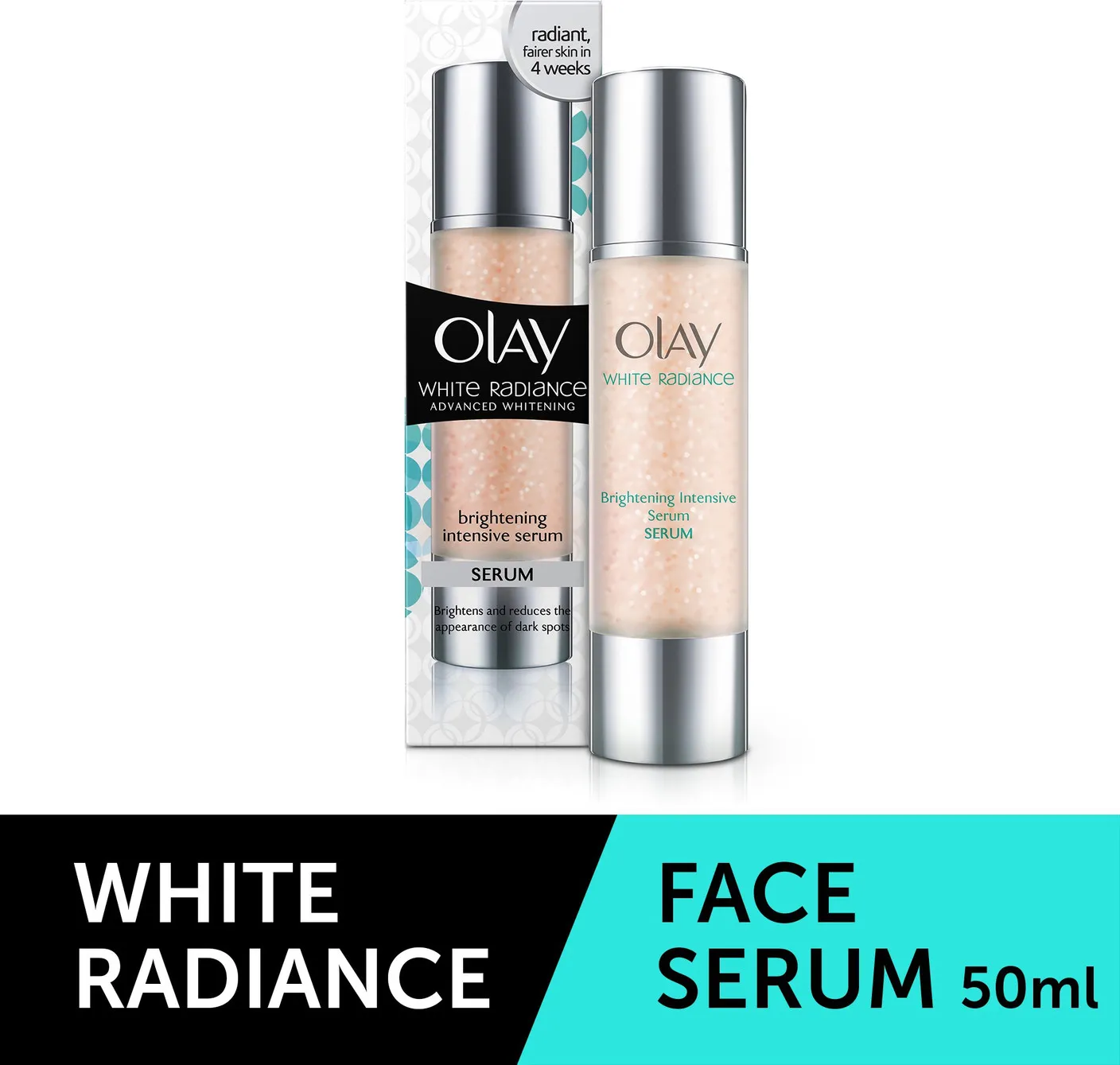Understanding Skin Whitening Cream Radiance
The pursuit of radiant, even-toned skin has led to the widespread use of skin whitening creams. These products promise to lighten the skin and reduce the appearance of dark spots, blemishes, and hyperpigmentation, offering a path to a brighter, more luminous complexion. But, what exactly are these creams, and how do they work to achieve their advertised results? This guide delves into the secrets behind skin whitening creams, exploring their ingredients, benefits, usage, and the crucial considerations for safe and effective application. The goal is to provide you with a comprehensive understanding, empowering you to make informed decisions about incorporating these creams into your skincare routine. Achieving radiance is not just about applying a cream; it’s about understanding the science and adopting a holistic approach to skincare.
What is Skin Whitening
Skin whitening, also known as skin lightening or bleaching, refers to the process of reducing the melanin pigment in the skin to make it appear lighter. Melanin is produced by melanocytes, specialized cells in the skin, and its production is influenced by genetics, sun exposure, and hormonal changes. Skin whitening creams work by targeting and inhibiting the production of melanin, thereby reducing the overall pigment in the skin. It’s essential to understand that skin whitening is not about completely changing your skin tone but about achieving a more even and brighter complexion, often targeting areas affected by sun damage, age spots, or hyperpigmentation. The effectiveness of these creams depends on their ingredients, the individual’s skin type, and consistent application.
The Science Behind Skin Whitening Creams

At the core of skin whitening creams lies a complex interplay of chemical reactions. The active ingredients in these creams work by interfering with the production or transfer of melanin. Some ingredients, like hydroquinone, inhibit the enzyme tyrosinase, which is essential for melanin production. Others, such as vitamin C, act as antioxidants, neutralizing free radicals that can trigger melanin production. Furthermore, ingredients like niacinamide can help reduce the transfer of melanin to the skin’s surface. The effectiveness of a skin whitening cream hinges on the specific combination of ingredients, their concentrations, and their ability to penetrate the skin to reach the melanocytes. Understanding this science is crucial for anyone considering using such creams.
Benefits of Skin Whitening Cream Radiance
Skin whitening creams offer a range of benefits beyond simply lightening the skin. When used correctly, these creams can significantly improve overall skin health and appearance, leading to greater confidence and well-being. However, it is crucial to manage expectations and understand that results vary depending on the individual and the cream’s formulation. Moreover, it is important to use these creams responsibly and in conjunction with other healthy skincare practices.
Improved Skin Tone and Radiance
One of the primary benefits is the improvement in skin tone. By reducing melanin production, skin whitening creams help even out the complexion, reducing the appearance of unevenness and dullness. This results in a more radiant and glowing skin appearance. Over time, consistent use of these creams can lead to a noticeable improvement in the overall skin tone, giving a more youthful and healthy look.
Reduced Appearance of Dark Spots and Hyperpigmentation
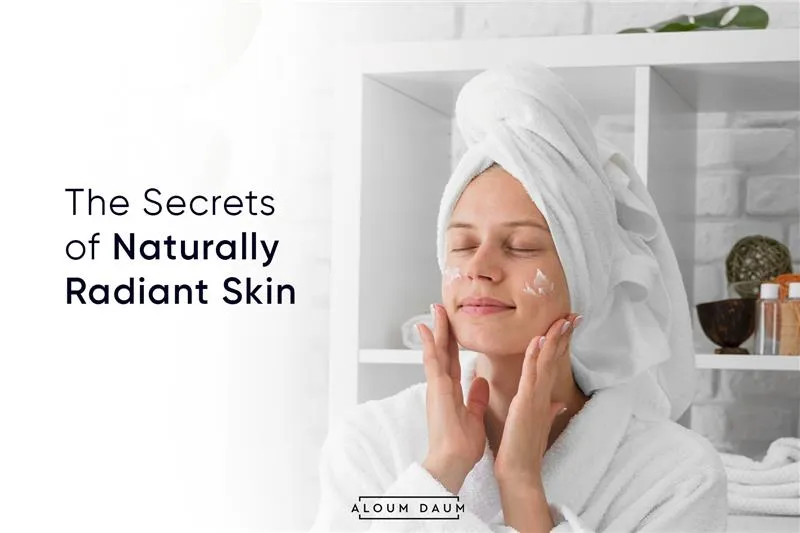
Skin whitening creams are particularly effective at reducing the appearance of dark spots, such as age spots, sunspots, and post-inflammatory hyperpigmentation (PIH). These spots are caused by an overproduction of melanin in specific areas of the skin. The active ingredients in the creams work to fade these spots over time, resulting in a more even skin tone. This can lead to a significant improvement in the skin’s overall appearance, making it look smoother and more uniform.
Boosted Confidence and Self-Esteem
For many, achieving a more even and radiant skin tone can significantly boost confidence and self-esteem. Skin imperfections can sometimes make individuals feel self-conscious. By reducing the visibility of these imperfections, skin whitening creams can lead to a greater sense of self-acceptance and improved psychological well-being. This improvement in self-image can have a positive impact on various aspects of life, from personal relationships to professional endeavors.
Key Ingredients for Radiance
The efficacy of skin whitening creams is largely determined by their active ingredients. These ingredients work in various ways to reduce melanin production or enhance skin cell turnover. Understanding the role of each key ingredient is essential for choosing a cream that is appropriate for your skin type and concerns. Always consult with a dermatologist to determine which ingredients are best for you, considering your skin type and any existing skin conditions.
Hydroquinone and its Role
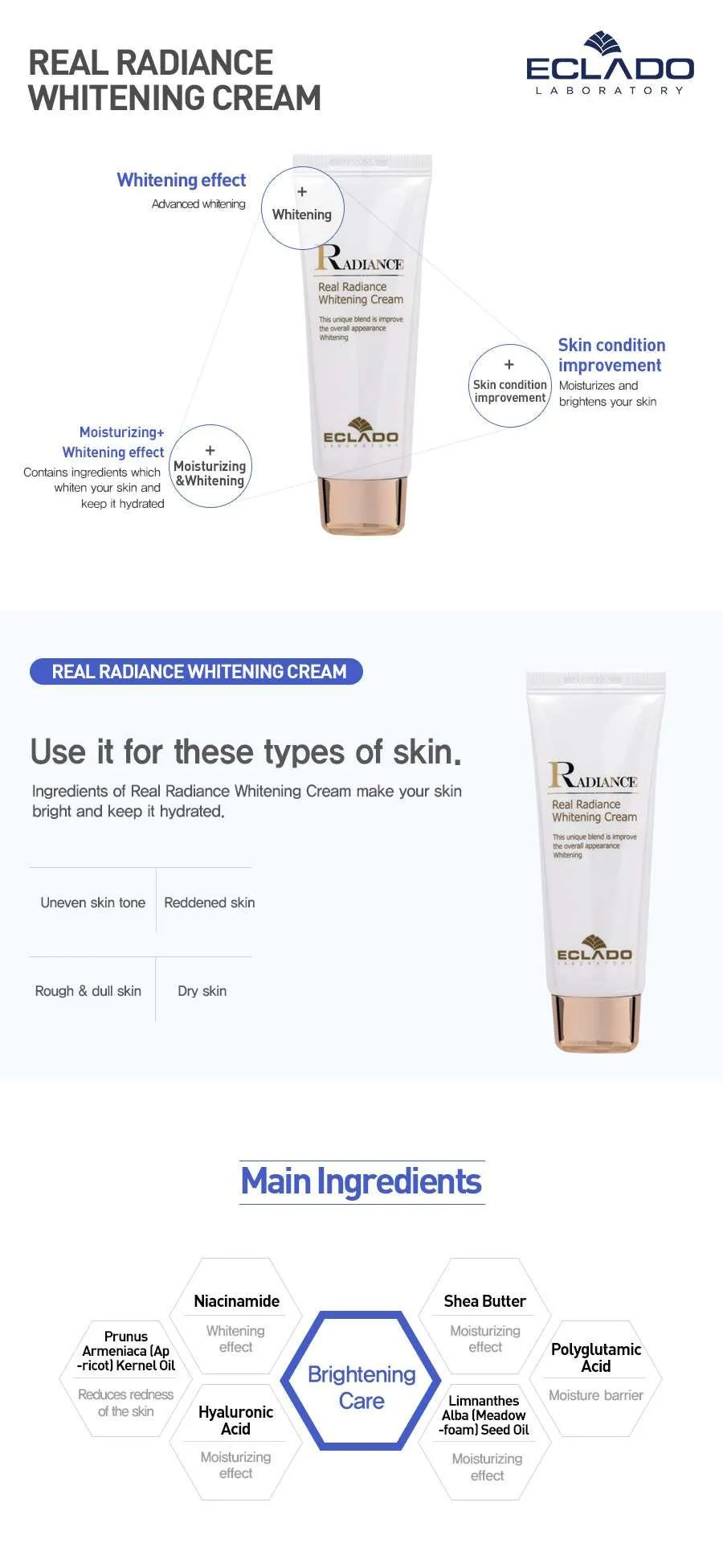
Hydroquinone is one of the most potent and well-known skin-lightening agents. It works by inhibiting the enzyme tyrosinase, which is essential for melanin production. This results in a reduction of melanin and a gradual lightening of the skin. However, hydroquinone can cause side effects such as skin irritation, redness, and in some cases, ochronosis (a darkening of the skin). Due to its potential side effects, hydroquinone is often available by prescription, and its use should be closely monitored by a dermatologist. It is usually recommended to use hydroquinone creams for a limited time only.
Vitamin C and its Antioxidant Properties
Vitamin C, also known as ascorbic acid, is a powerful antioxidant that plays a crucial role in skin health. It not only helps to brighten the skin but also protects it from damage caused by free radicals. By neutralizing free radicals, vitamin C prevents oxidative stress, which can trigger melanin production. Vitamin C also inhibits tyrosinase, contributing to its skin-lightening effects. Additionally, it promotes collagen production, which improves skin elasticity and reduces the appearance of fine lines. Vitamin C is generally considered safe and well-tolerated by most skin types.
Niacinamide for Skin Brightening
Niacinamide, a form of vitamin B3, is another effective ingredient for skin brightening. It works by reducing the transfer of melanin to the skin’s surface. Niacinamide also has anti-inflammatory properties, which can help reduce redness and irritation. Furthermore, it strengthens the skin’s barrier function, making it more resistant to environmental damage. Niacinamide is suitable for most skin types and is often used in combination with other active ingredients to enhance overall skin health. It’s gentle nature makes it an excellent option for those with sensitive skin looking to brighten their complexion.
Arbutin and its Whitening Effects
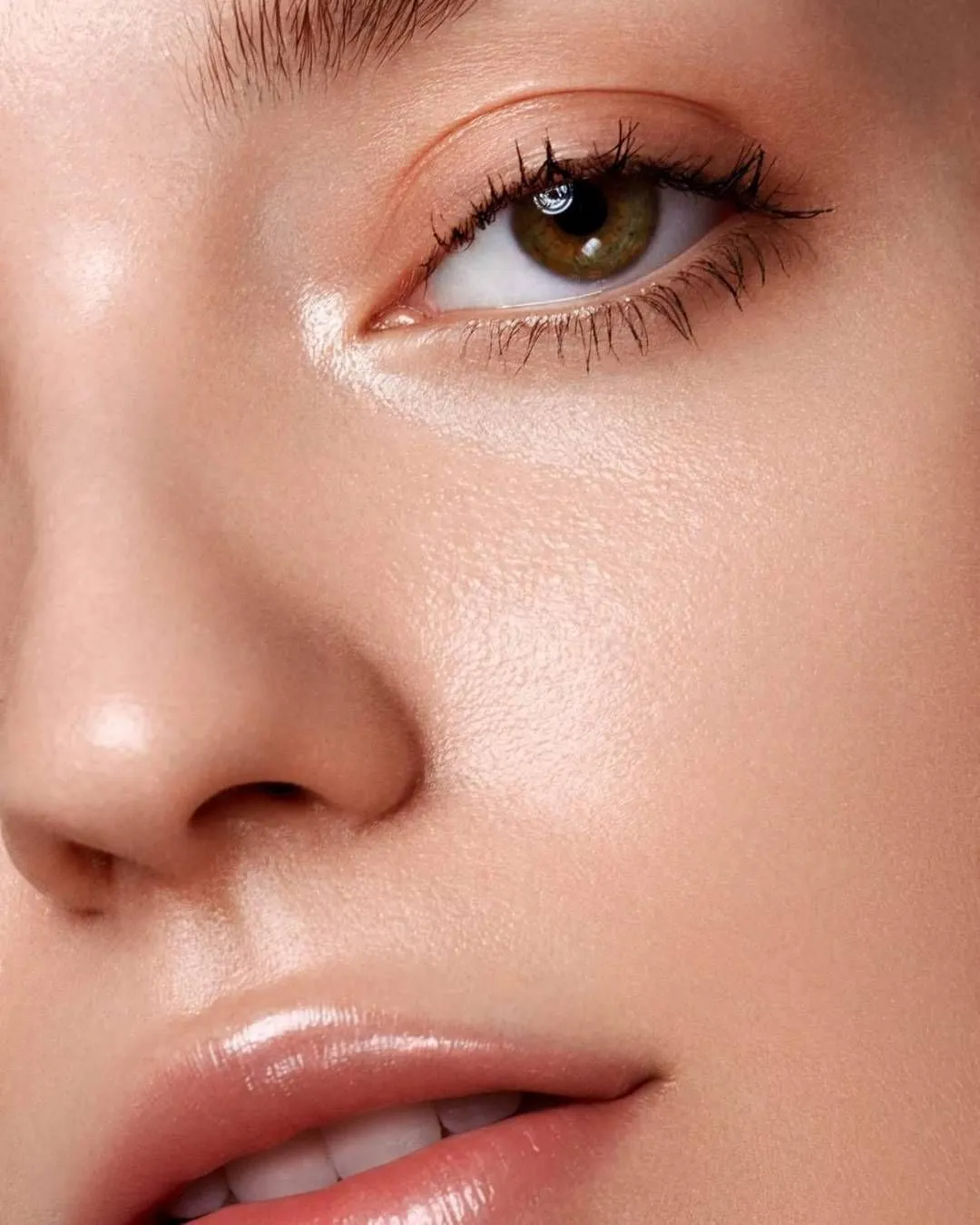
Arbutin is a natural skin-lightening agent derived from the bearberry plant. It works similarly to hydroquinone by inhibiting tyrosinase, but it is generally considered gentler and less irritating. Arbutin is converted to hydroquinone in the skin, but at a slower rate, making it a safer option for long-term use. It effectively reduces dark spots and hyperpigmentation, leading to a more even skin tone. Arbutin is often favored by those with sensitive skin looking for a skin-brightening ingredient. It is also known for its antioxidant properties, further benefiting the skin.
How to Choose the Right Cream
Choosing the right skin whitening cream is crucial for achieving the desired results while minimizing potential risks. This decision should be based on your skin type, the specific concerns you want to address, and the ingredients included in the cream’s formulation. A careful selection process involves several key considerations.
Skin Type Considerations
Your skin type plays a vital role in determining the best skin whitening cream for you. If you have sensitive skin, you should opt for creams with gentle, non-irritating ingredients like vitamin C, niacinamide, or arbutin. For oily or acne-prone skin, look for creams that are non-comedogenic and contain ingredients like niacinamide, which can help control oil production. Dry skin may benefit from creams with moisturizing ingredients, such as hyaluronic acid. Always do a patch test before applying any new cream to a larger area of your skin.
Checking for Potential Allergens
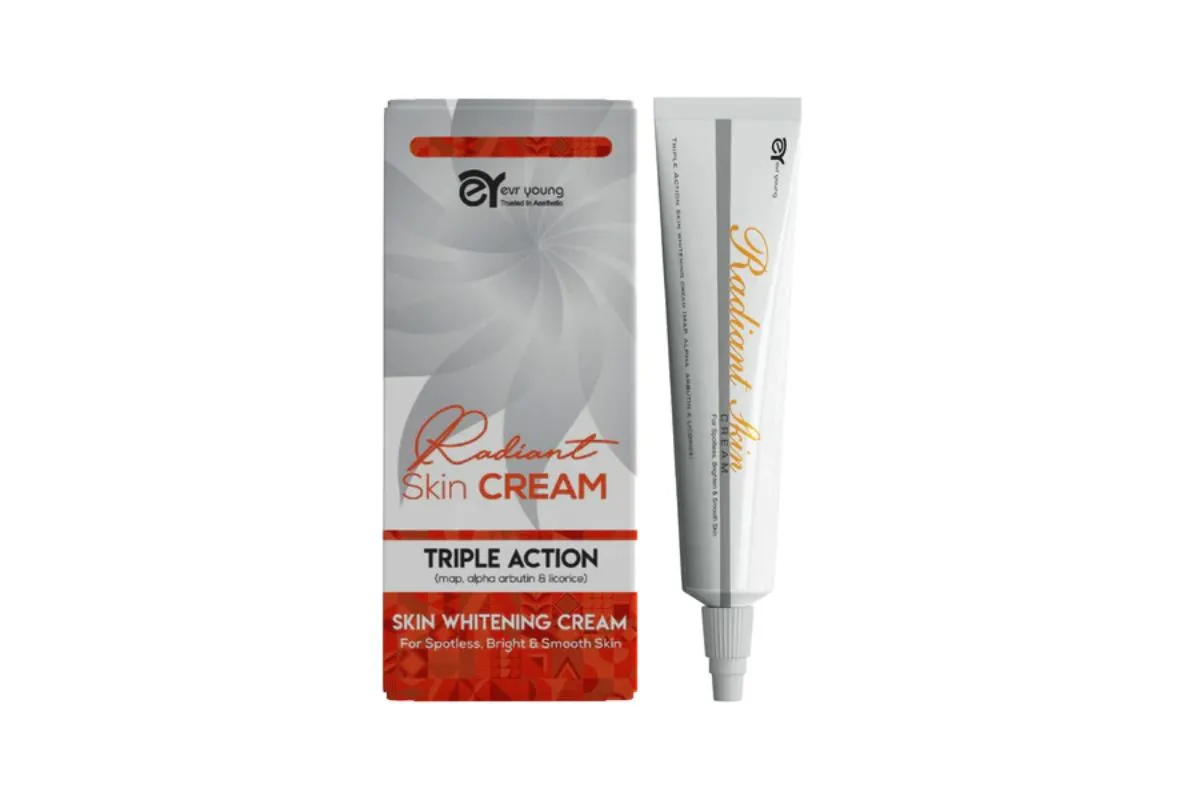
It’s essential to carefully review the ingredient list and check for potential allergens or irritants. Common allergens include fragrances, preservatives, and certain plant extracts. If you have known allergies, avoid creams containing these ingredients. Consider performing a patch test by applying a small amount of the cream to a discreet area of your skin, such as behind your ear or on your inner arm, and waiting 24-48 hours to see if any adverse reactions occur. If any redness, itching, or swelling develops, discontinue use immediately.
Reading Reviews and Recommendations
Before purchasing a skin whitening cream, take the time to read reviews from other users. These reviews can provide valuable insights into the cream’s effectiveness, potential side effects, and overall user experience. Look for reviews from individuals with similar skin types and concerns as yours. Consider recommendations from dermatologists or skincare professionals, as they can provide expert guidance on suitable products. Be wary of exaggerated claims and prioritize products with a proven track record and positive user feedback.
Application and Usage of Skin Whitening Cream Radiance
The effectiveness of a skin whitening cream is not only determined by its ingredients but also by how it is applied and used. Following a consistent application routine and adhering to recommended usage guidelines is crucial for achieving the best results and minimizing potential side effects. Consistency is key in skincare, especially when using products designed to lighten the skin and reduce blemishes.
Step-by-Step Application Guide
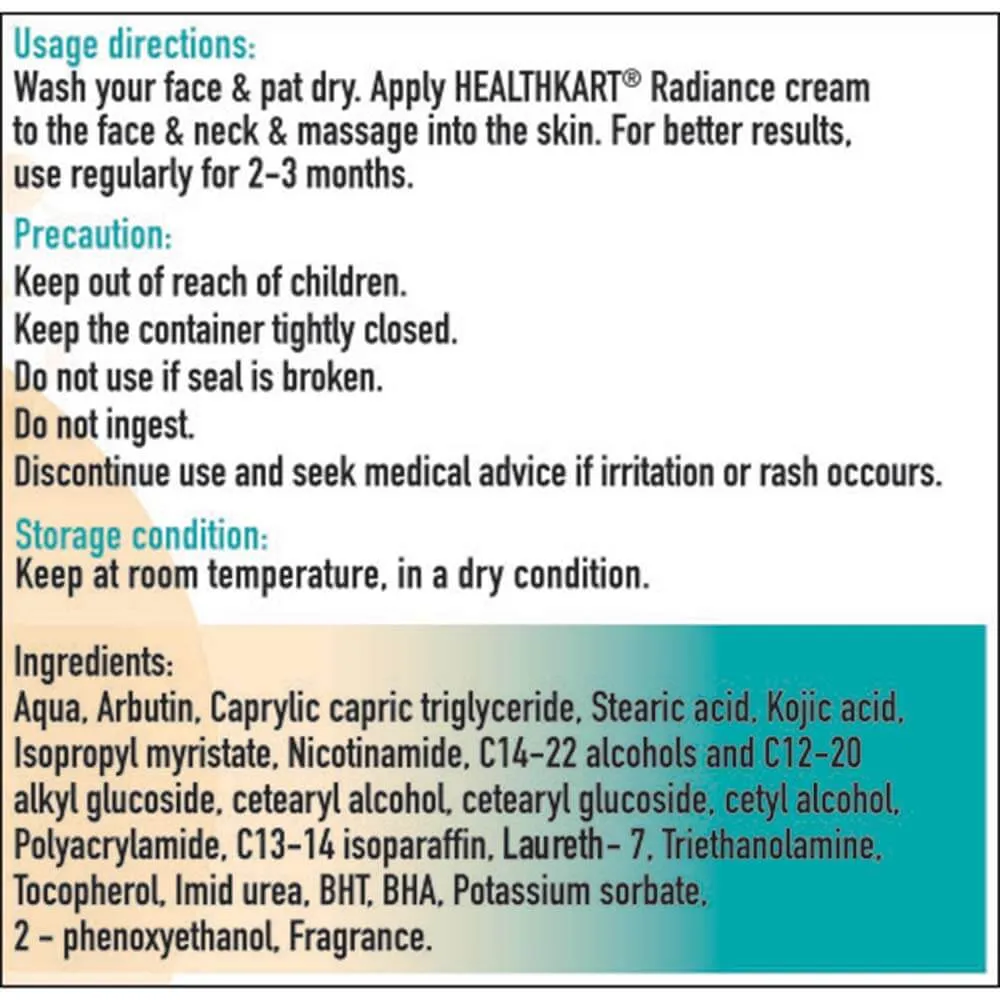
Begin by cleansing your face thoroughly with a gentle cleanser to remove any dirt, oil, or makeup. Pat your skin dry with a soft towel. Apply a small amount of the skin whitening cream to the affected areas, using your fingertips. Gently massage the cream into your skin in upward, circular motions until it is fully absorbed. Avoid applying the cream too close to your eyes or on any open wounds. Wait a few minutes before applying any other skincare products, such as moisturizers or sunscreen. Always wash your hands thoroughly after applying the cream to avoid transferring it to other areas.
Frequency of Use for Best Results
The frequency of use depends on the specific cream and your skin’s sensitivity. Generally, skin whitening creams are applied once or twice daily, typically in the morning and evening. Start with a once-daily application to assess your skin’s tolerance. If your skin tolerates it well, you can gradually increase the frequency to twice daily. Always follow the instructions provided by the manufacturer or your dermatologist. Avoid overusing the cream, as excessive application can lead to irritation and other side effects. Consistency is more important than the frequency of application.
Important Precautions and Side Effects
While skin whitening creams can be effective, they can also pose potential risks. It is crucial to be aware of these risks and take necessary precautions to ensure the safe and responsible use of these products. Always prioritize your skin’s health and seek professional advice when needed.
Potential Side Effects to Watch Out For
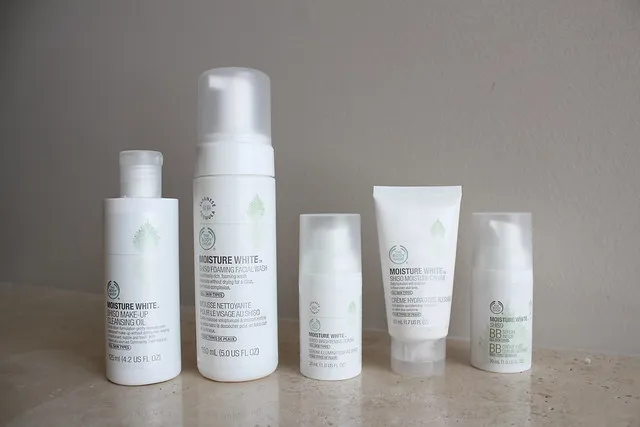
Common side effects of skin whitening creams include skin irritation, redness, dryness, and itching. More severe side effects can include skin thinning, increased sensitivity to the sun, and in rare cases, ochronosis (a darkening of the skin). If you experience any of these side effects, discontinue use immediately and consult with a dermatologist. Always perform a patch test before applying any new cream to a larger area. Be vigilant for any unusual changes to your skin.
Sun Protection is Crucial
Sun exposure can exacerbate the effects of skin whitening creams and increase the risk of side effects. The skin becomes more sensitive to the sun, and any lightening effects may be reversed by sun exposure. Always apply a broad-spectrum sunscreen with an SPF of 30 or higher every morning, even on cloudy days. Reapply sunscreen every two hours, especially if you are spending time outdoors. Wearing protective clothing, such as hats and long sleeves, can provide an additional layer of protection.
Maximizing Radiance Results
Achieving radiant skin involves more than just using skin whitening creams. It’s about adopting a holistic approach to skincare that includes lifestyle changes and additional skincare practices. A well-rounded routine will not only enhance the effectiveness of the cream but also promote overall skin health.
Lifestyle Changes for Radiant Skin
Making certain lifestyle changes can significantly contribute to radiant skin. Reducing stress through techniques like meditation or yoga can prevent inflammation and hormonal imbalances that can affect skin health. Getting enough sleep is also critical, as the skin repairs itself during sleep. Avoiding smoking and limiting alcohol consumption can also improve skin appearance. Practicing these habits will enhance your skin’s natural glow.
Diet and Hydration
A healthy diet and adequate hydration are essential for radiant skin. Consume a diet rich in fruits, vegetables, and antioxidants to provide your skin with the nutrients it needs. Drink plenty of water to keep your skin hydrated and plump. Foods rich in omega-3 fatty acids, like fish and nuts, can also improve skin health. Limiting processed foods, sugary drinks, and excessive amounts of dairy and gluten can also benefit your skin.
Regular Exfoliation
Regular exfoliation helps remove dead skin cells, unclog pores, and reveal brighter skin underneath. Exfoliate your skin one to three times per week, depending on your skin type and sensitivity. Use a gentle exfoliating scrub or chemical exfoliant, such as AHAs or BHAs. Over-exfoliating can damage the skin barrier, so it’s important to be mindful of how your skin reacts. Always follow up with a moisturizer after exfoliating to hydrate your skin.
Additional Skincare Tips for Radiance
Besides the above recommendations, other skincare practices can contribute to achieving radiance. Incorporate antioxidants into your skincare routine through serums or moisturizers, such as vitamin C or green tea extracts. Use a gentle cleanser and avoid harsh soaps that can strip the skin of its natural oils. Apply a hydrating moisturizer daily, especially after cleansing. Consider incorporating face masks with ingredients known for brightening effects. Avoid touching your face excessively to prevent the spread of bacteria.
Conclusion
Skin whitening creams can be a valuable tool in your skincare routine, offering the potential for improved skin tone, reduced dark spots, and a boost in self-esteem. However, it’s crucial to approach their use with knowledge and caution. By understanding the ingredients, benefits, risks, and best practices, you can make informed decisions and achieve radiant skin safely and effectively. Always prioritize the health of your skin by choosing the right products, applying them correctly, and protecting your skin from the sun. Consistent and mindful skincare is key to unlocking a brighter, more luminous complexion.
